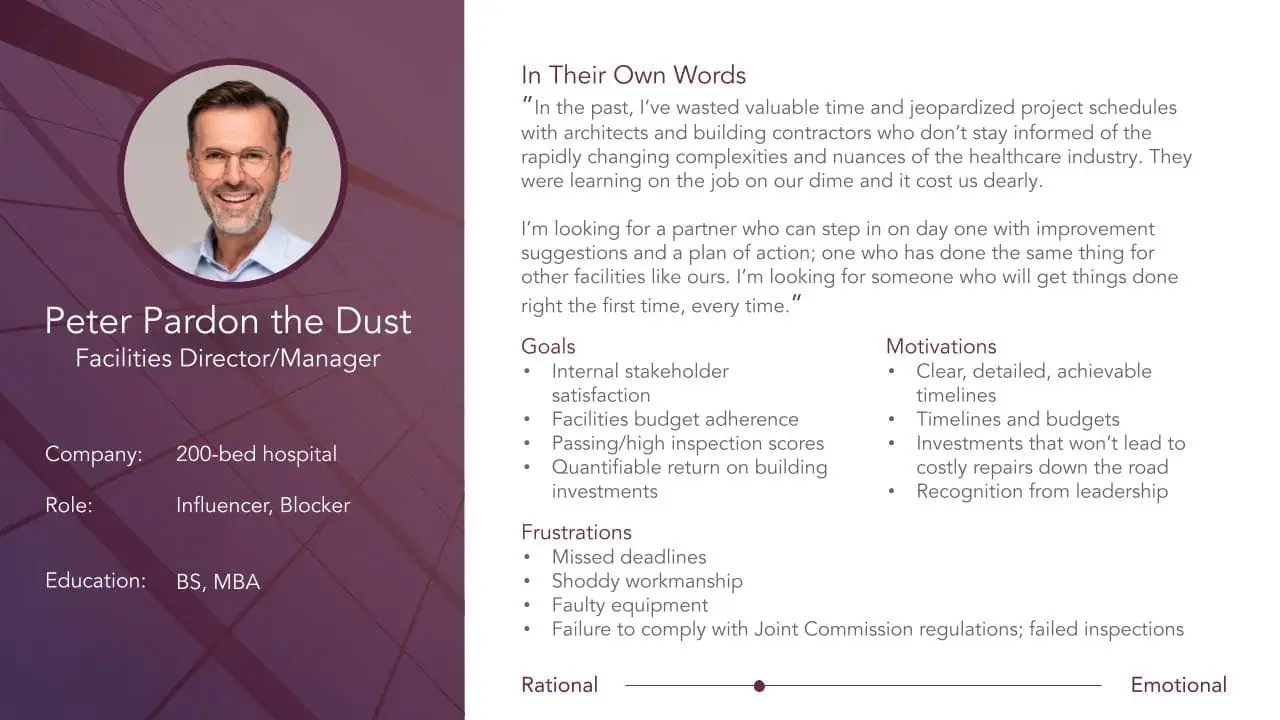As fast as companies are moving to incorporate AI in healthcare marketing, it’s entirely possible that what I write about below may come true by the time this post is published.
Our healthcare tech marketing agency explored how AI can make you a better B2B healthcare marketer.
But as I reflect on what already is different as a result of how AI is changing healthcare marketing and advertising, I offer the following advice, we all should approach it with equal parts caution and excitement.
Here are seven areas to keep an eye on as AI inches further into healthcare marketing and advertising:
1. Brand voice and personality
As ChatGPT and the like become increasingly popular to serve as content generation assistants, your role as brand police (wink) and content ambassadors will become more crucial in monitoring brand voice, tone, and personality. I have yet to see a “robot” archetype, so your brand could quickly derail if you are not paying close attention to what is going out for the world to consume.
2. Persona research
I was playing around with building personas using generative AI platforms and found them to be within the range of passable accuracy. But what caught my eye was the new ideas it brought to audience motivations, frustrations, and goals. Points that went deeper and were more nuanced than our initial thinking. While I had to heavy-handedly rework a lot of the copy, I found AI to not only be a second brain that gave me ideas to advance my work but also served as a good checkpoint.
3. SEO
According to SEO.ai, with Google’s Bard coming, SEO marketers will have to think about writing for AI prompts as Google gets “even better at understanding more complex queries and serving the results in a new way.” When speaking of SEO there are “two places to optimize towards: 1.) Creating content that will be inside the answers generated (so in other words, be the source the answer is built upon) and 2.) Creating content that will be among the “Read more” links.”
4. Social media
Another role that will be expected to evolve is the social media manager as they must become well versed in writing for AI prompts, being more aggressive fact-checkers, and watching for bias.
At the same time, a lot of positives will improve this function. This recent Forbes article references tools like “Lately, which constantly learns from your past social media posts and generates the most effective content to scale your campaigns.” In addition, “ad management and optimization AI-powered tools can help analyze hundreds or thousands of ad targeting and budget variations, find and segment audiences, make ad creative, test ads and improve speed and performance in real-time to get the best results.”
5. PR and earned media
According to Forbes, AI is being used to make the PR professional’s job more efficient, from data analytics, speech-to-text transcribing, personalized messages, and predictive pitching. Another area where were are seeing AI take hold is at news agencies to generate basic news where nuance isn’t expected; rather, it’s intended to grab from what is on the wire.
But, similar to content generation, if you are using generative AI tools like Jasper, ChatGPT, and Writesonic to create articles, buyer beware because the information isn’t always accurate, so a degree of research will always need to be involved, at least until AI evolves to ensure authenticity and originality of pieces. There is also the issue of tools like ChatGPT owning anything created in it.
6. Graphic design and visual content
Today, as referenced by Forbes, “text-to-image AI models like DALL-E, Midjourney, and Stable Diffusion have been revolutionizing the way visual content is created.” Using these tools will help, not replace, in the concept phases to generate more design ideas quicker, to handle mundane tasks like resizing or recoloring, and to create designs previously out of skillsets. For example, non-illustrators can now create unique illustrators.
Our senior creative director predicts that it’s only a matter of time before more AI capabilities are integrated into the Adobe Create Suite, making AI-generated graphics even easier to incorporate into design projects.
7. Marketing automation
We expect to see significant advancements in marketing automation tools. We are most interested in advancements around running smarter campaigns, such as teaching the system to run smarter sequences for emails and content.
Right now, workflows are automated, which is different than AI. Imagine the day when it is smart enough to know, for example, not to schedule an email on a particular day, in a particular country because it is a holiday. Or dynamically populated email newsletters. Or smart nurture sequences that not only choose personalized content but days and times without human interaction. The possibilities are many when it comes to MA.
Key theme: our jobs are a-changin’ and once again, we marketers will adjust
With all of the above to think about, one more compounding factor for using AI in healthcare marketing and advertising is its unknown impact on compliance and regulations.
Need an experienced marketing partner who speaks fluent healthcare and AI for marketing and advertising? Don’t wait until it’s too late.



